John Sims-Hilditch: ‘A piece of furniture can’t be beautiful unless it’s well built’
John Sims-Hilditch, designer and co-founder of Neptune, on beauty and longevity.
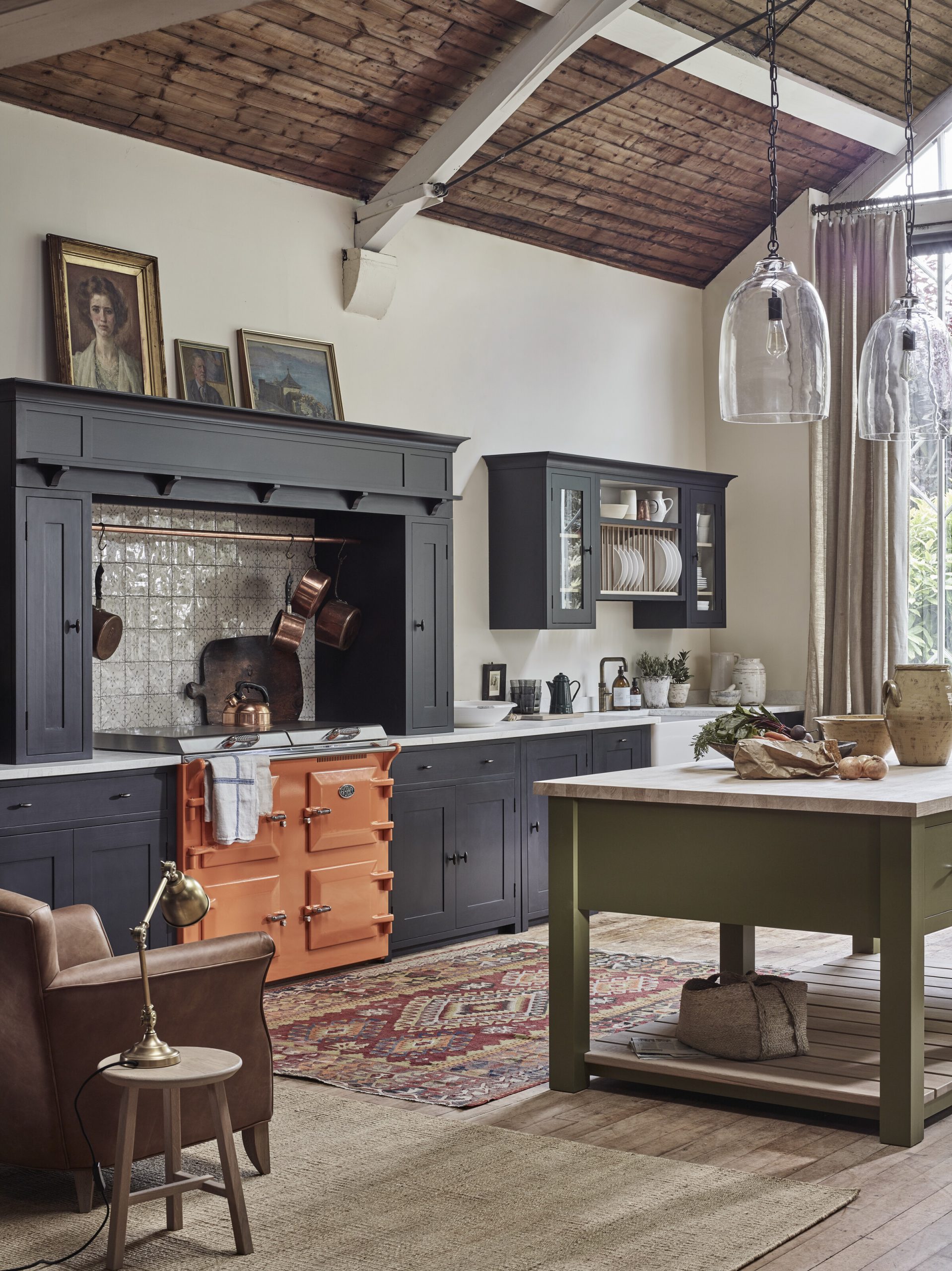

As humans, we’re naturally drawn to beauty in all forms, so we have an inbuilt response to save and protect beautiful things. Objects should be both useful and beautiful, but when it comes down to which is the most important, we believe that beauty is the fundamental element to ensure longevity. Over time, utility changes. Take, for example, a candlestick. It was once a utility item — providing light in a room — but, today, it’s only a thing of beauty. Old candlesticks that weren’t beautiful aren’t preserved, but those that were can now be decorative items.
I’d argue that a piece can’t be beautiful unless it’s well built. The construction of an object, the quality of the materials it’s made from, how it feels to handle, all these things contribute to your experience as much as the way it looks. In the applied arts, unlike fine art, design and engineering are completely intertwined in the making of a beautiful object. The impact materials have on how long lasting something will be is not only about how well they’ll physically stand up to the test of time. Plastic is strong, but it doesn’t look or feel as good as oak or linen. If a piece of furniture produces positive feelings and is aesthetically appealing, we’re more likely to take care of it.
The same goes for how we finish materials. We made an early decision, for instance, to retain as much of the natural grains of the woods as we could. We have to protect the surface, but we also need to connect with the pure beauty of the wood as well. It’s why we devised our subtle IsoGuard finish. A wooden table contains the story of its journey as a living thing.
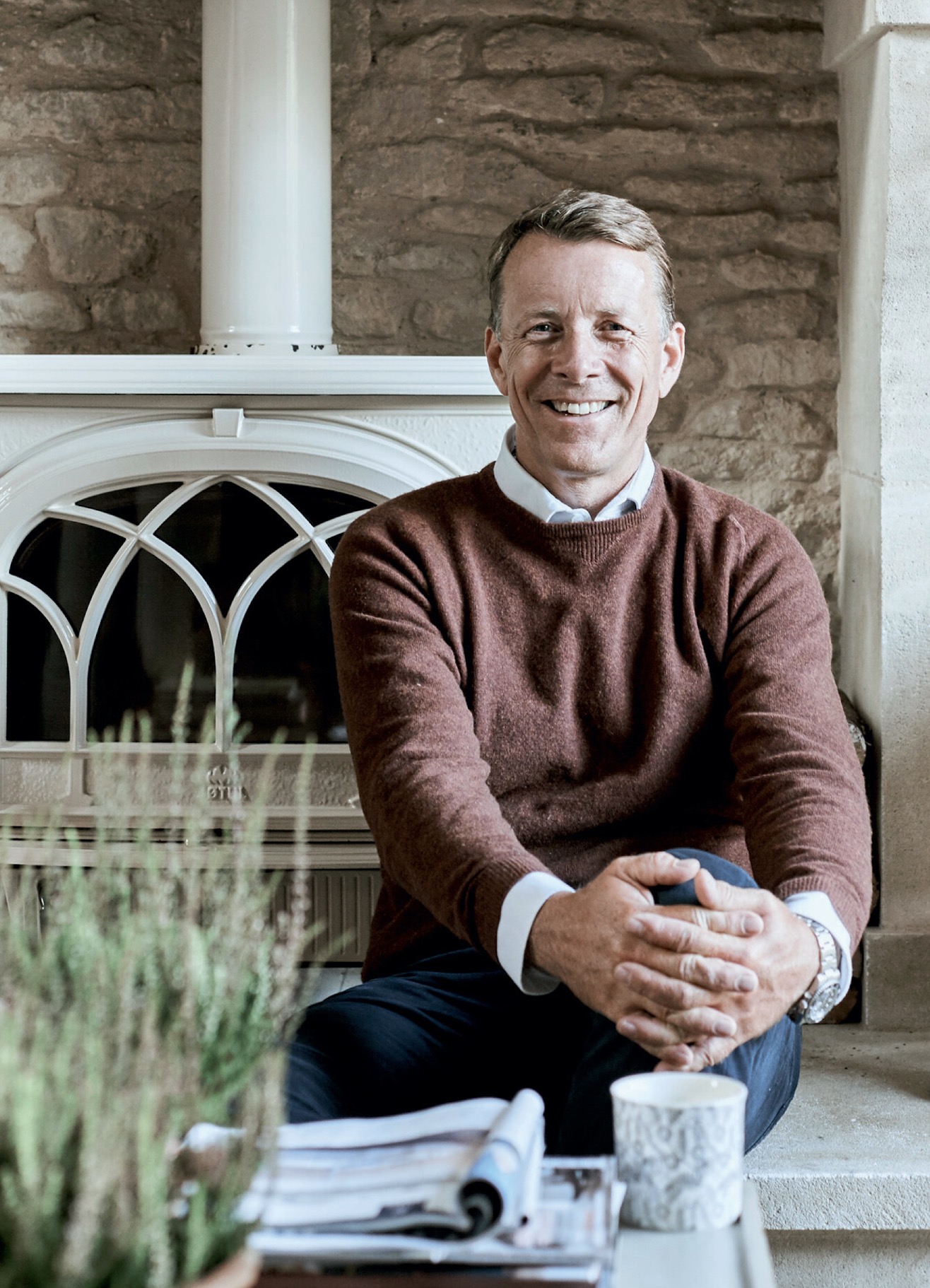
We use the best joints and internal mechanics — they may not be visible, but, because they are made with care, they make a difference. We favour traditional joinery techniques — they are still in use for a reason — but we’re equally willing to embrace the evolution of using modern production methods. It’s really about whatever’s right for the piece, the material, and the person whose home it’ll live in.
Traditional ways of working with timber take into account that wood moves over time with temperature and humidity changes. Mortice and tenon joints in cabinet frames or breadboard ends on tables allow for this movement, so the risk of warping and cracking are kept to a minimum.
But modernity has its uses: almost all our timber is cut by a machine rather than by hand. Machines produce consistent cuts every single time, meaning there is much less waste. We do use glue, but only alongside traditional joints, mechanical fixings, and timber-locking methods. For us, it all forms part of a belts-and-braces approach to ensure our pieces last.
Neptune — 01793 934011; www.neptune.com
Sign up for the Country Life Newsletter
Exquisite houses, the beauty of Nature, and how to get the most from your life, straight to your inbox.
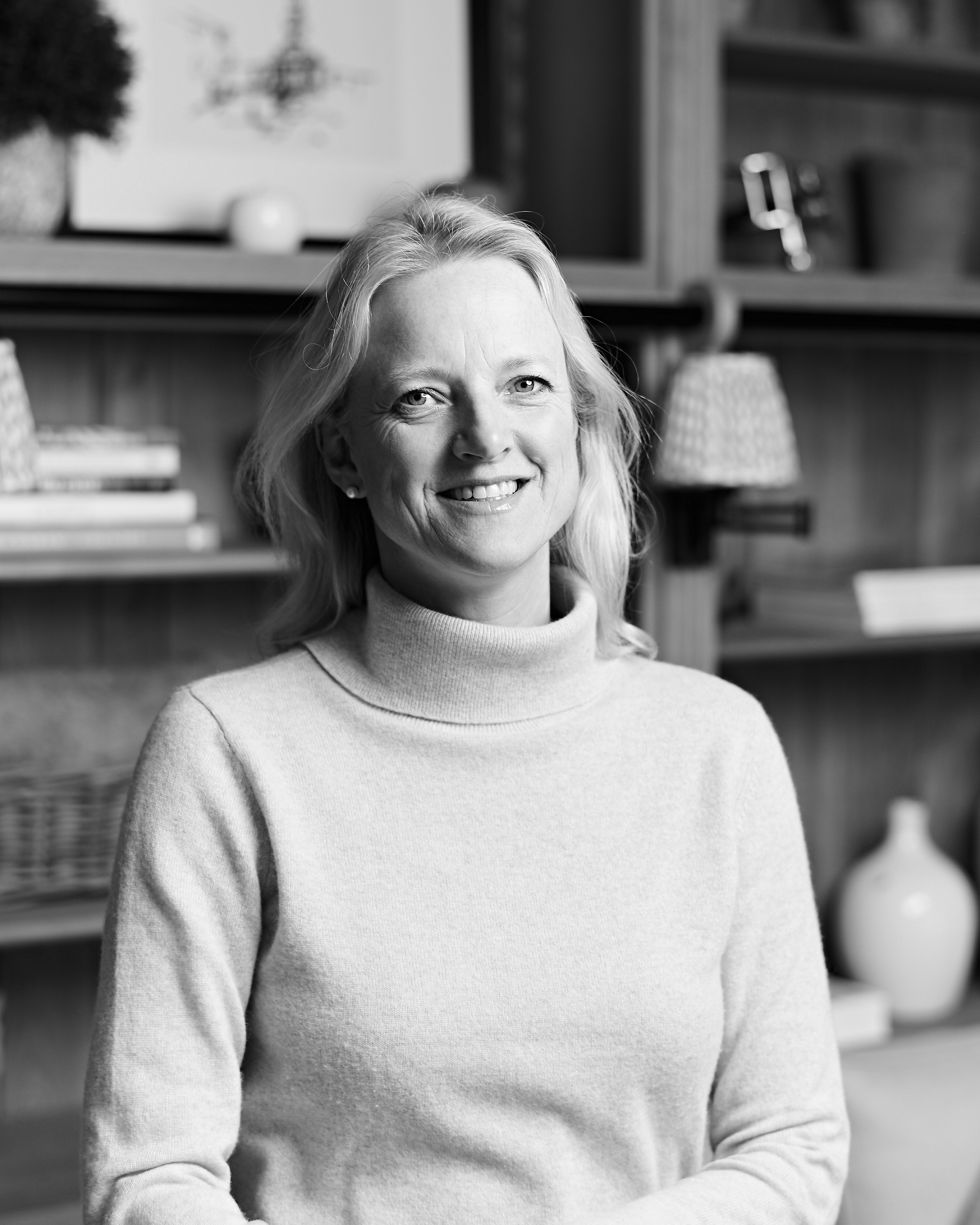
Credit: Adam Carter / Sims-Hilditch
Where I work: Emma Sims-Hilditch, interior designer
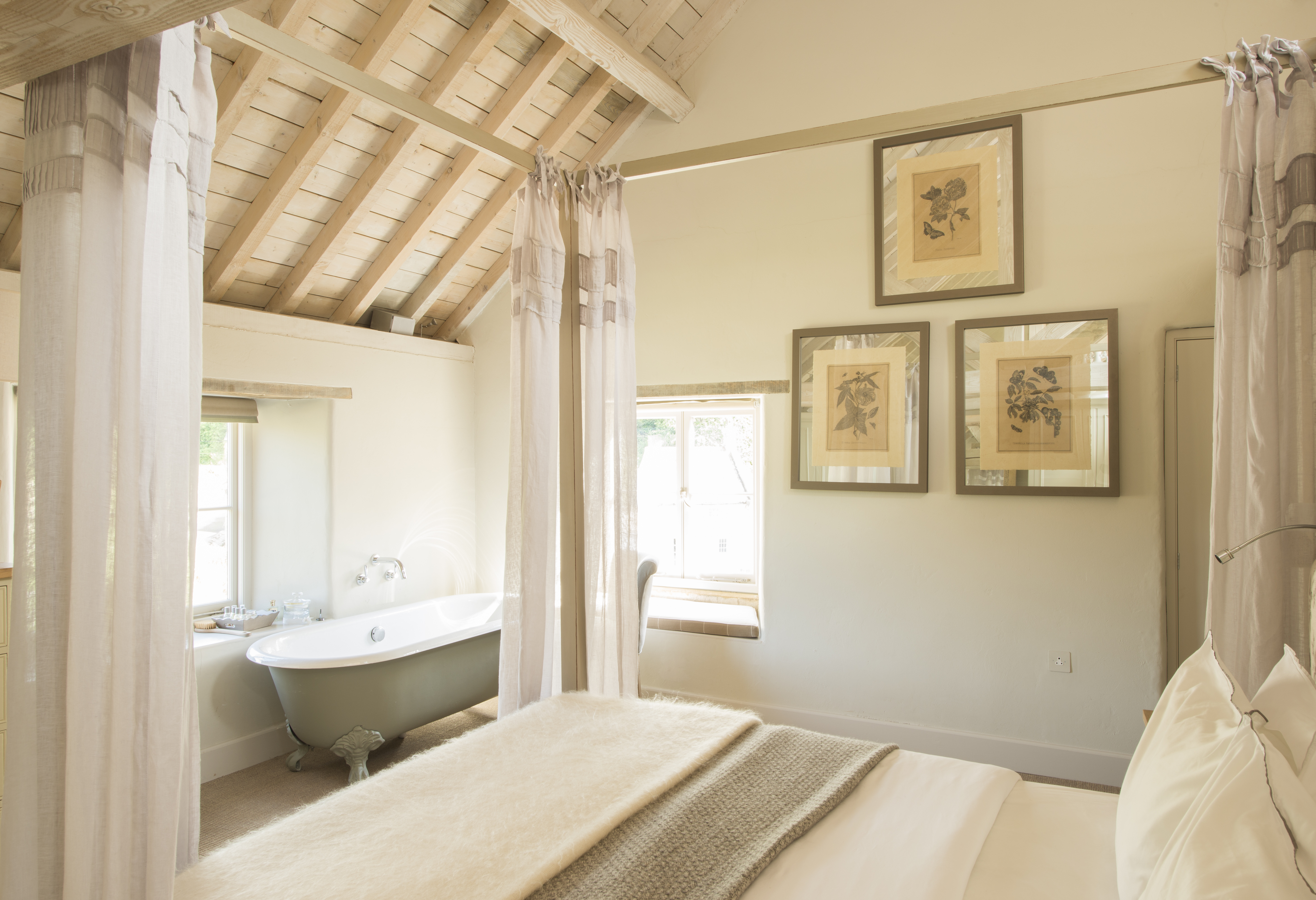
Credit: Ed Sheperd / Sims Hilditch
A calming bedroom with light and height — and a bathtub with a view
When Emma Sims Hilditch converted a 17th-century barn, she created a bedroom with both light and height. Giles Kime takes
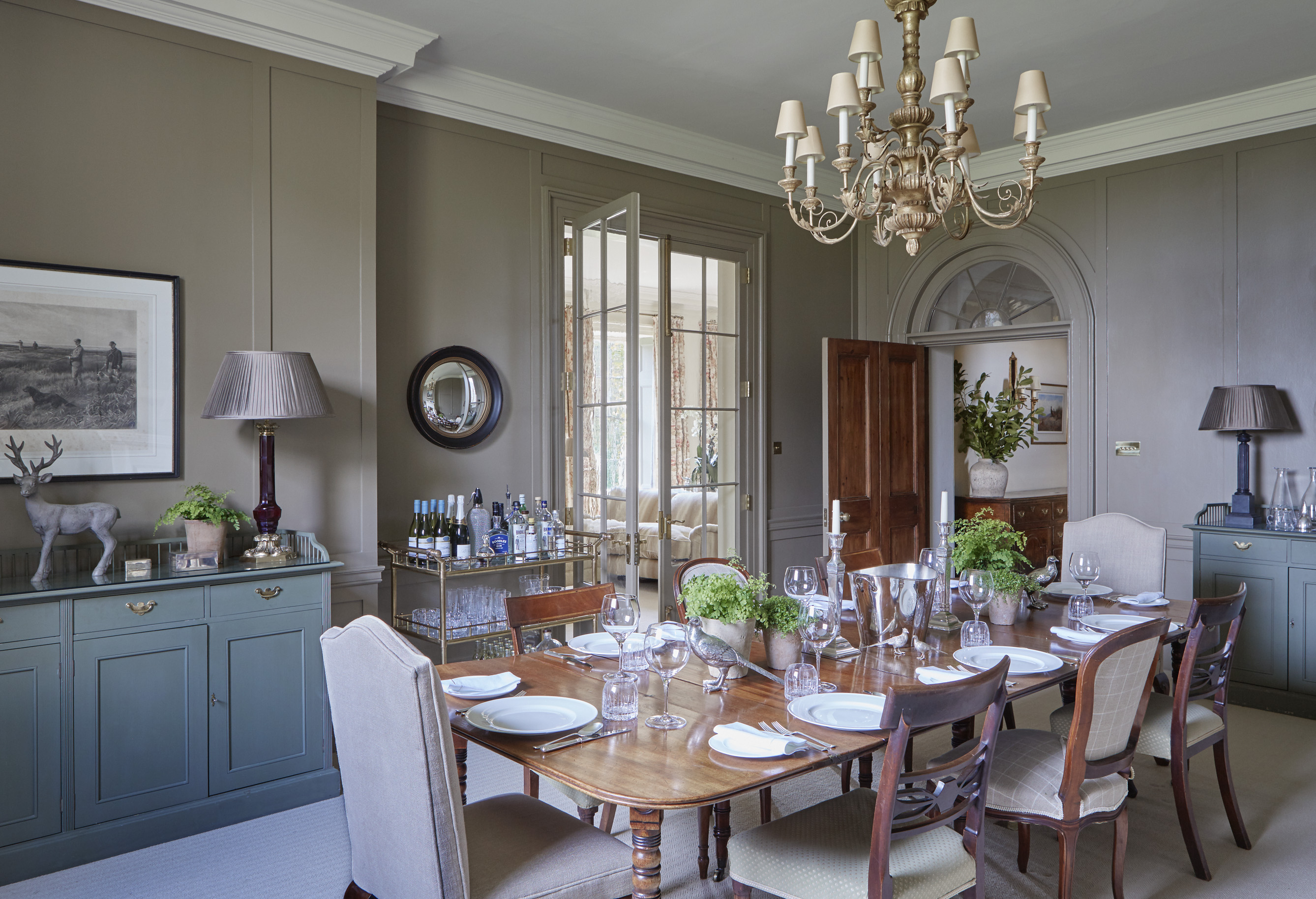
How to mix old and new: Five ways to use antiques alongside contemporary touches in your home
Balancing old and new is always a tough task when you're putting together room designs — but when it's done well,

The uncomfortable problem of how to find the perfect bed
There’s an art to striking a balance between the most comfortable bed you can afford and the creature comforts necessary
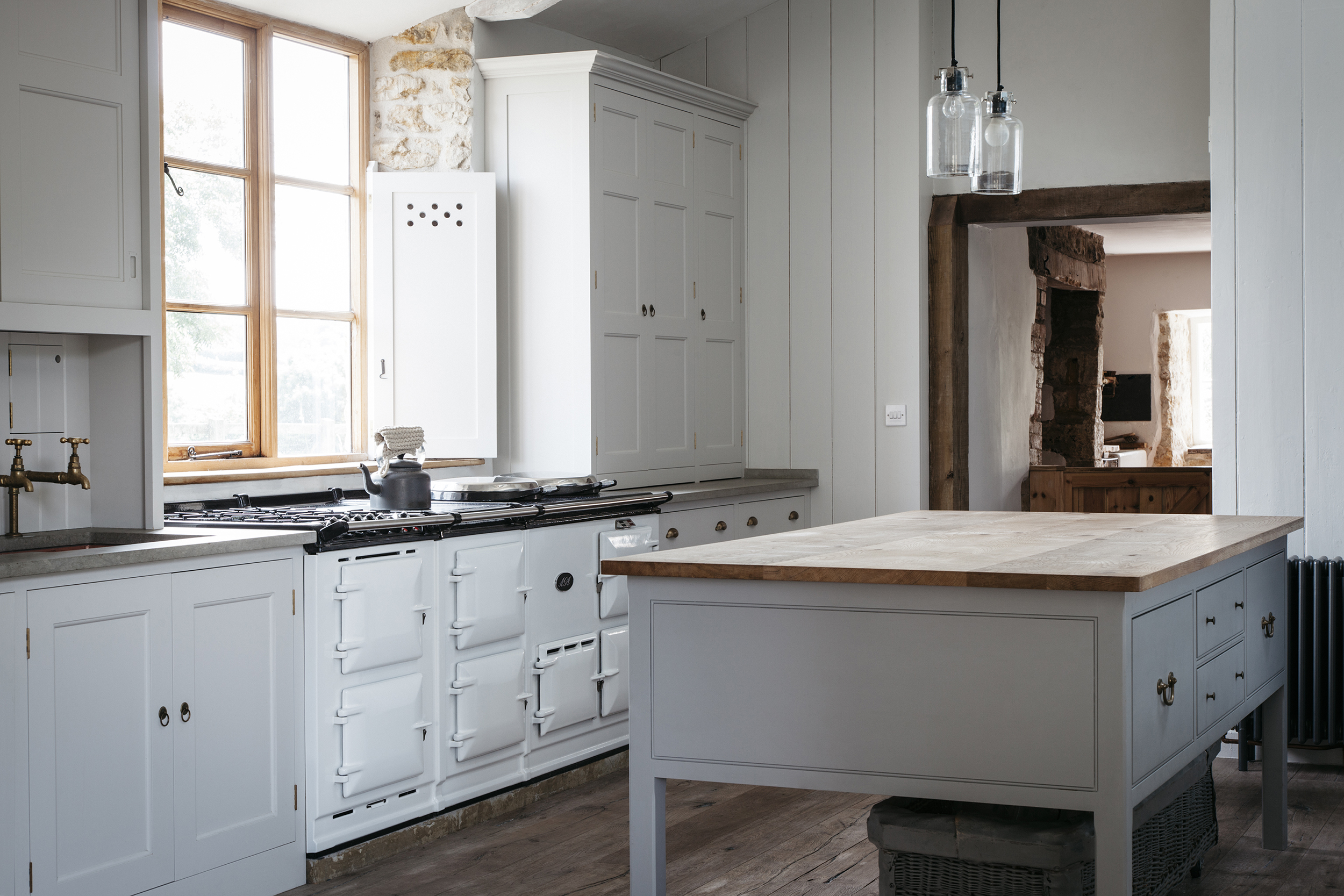
Why the classic kitchen look will always trump the latest trends
Kitchens inspired by the past are the ones which will stand the test of time, says Amelia Thorpe.
Country Life is unlike any other magazine: the only glossy weekly on the newsstand and the only magazine that has been guest-edited by HRH The King not once, but twice. It is a celebration of modern rural life and all its diverse joys and pleasures — that was first published in Queen Victoria's Diamond Jubilee year. Our eclectic mixture of witty and informative content — from the most up-to-date property news and commentary and a coveted glimpse inside some of the UK's best houses and gardens, to gardening, the arts and interior design, written by experts in their field — still cannot be found in print or online, anywhere else.
-
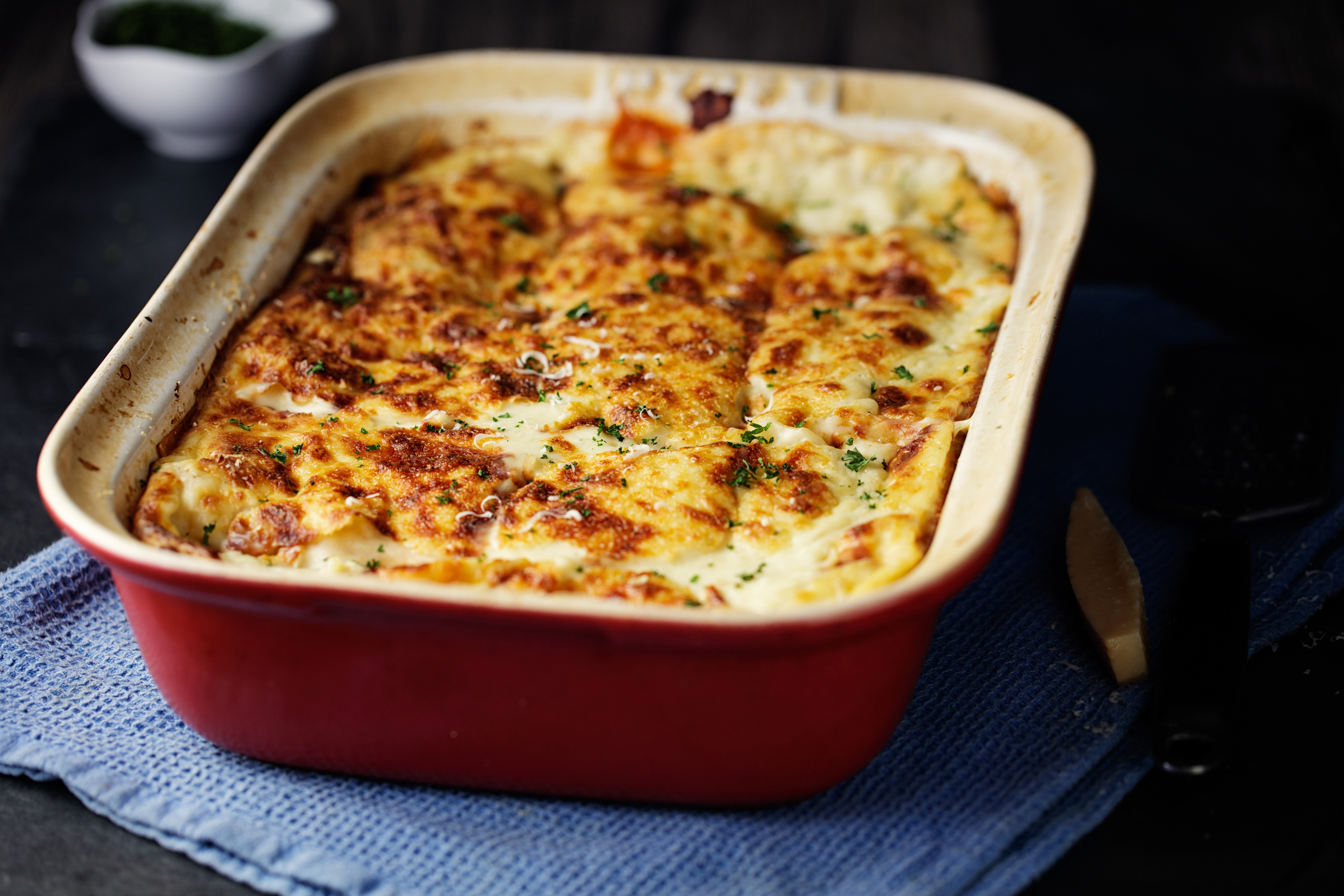 'Monolithic, multi-layered and quite, quite magnificent. This was love at first bite': Tom Parker Bowles on his lifelong love affair with lasagne
'Monolithic, multi-layered and quite, quite magnificent. This was love at first bite': Tom Parker Bowles on his lifelong love affair with lasagneAn upwardly mobile spaghetti Bolognese, lasagne al forno, with oozing béchamel and layered meaty magnificence, is a bona fide comfort classic, declares Tom Parker Bowles.
By Tom Parker Bowles
-
 Country houses, cream teas and Baywatch: Country Life Quiz of the Day, April 24, 2025
Country houses, cream teas and Baywatch: Country Life Quiz of the Day, April 24, 2025Thursday's Quiz of the Day asks exactly how popular Baywatch became.
By Toby Keel
-
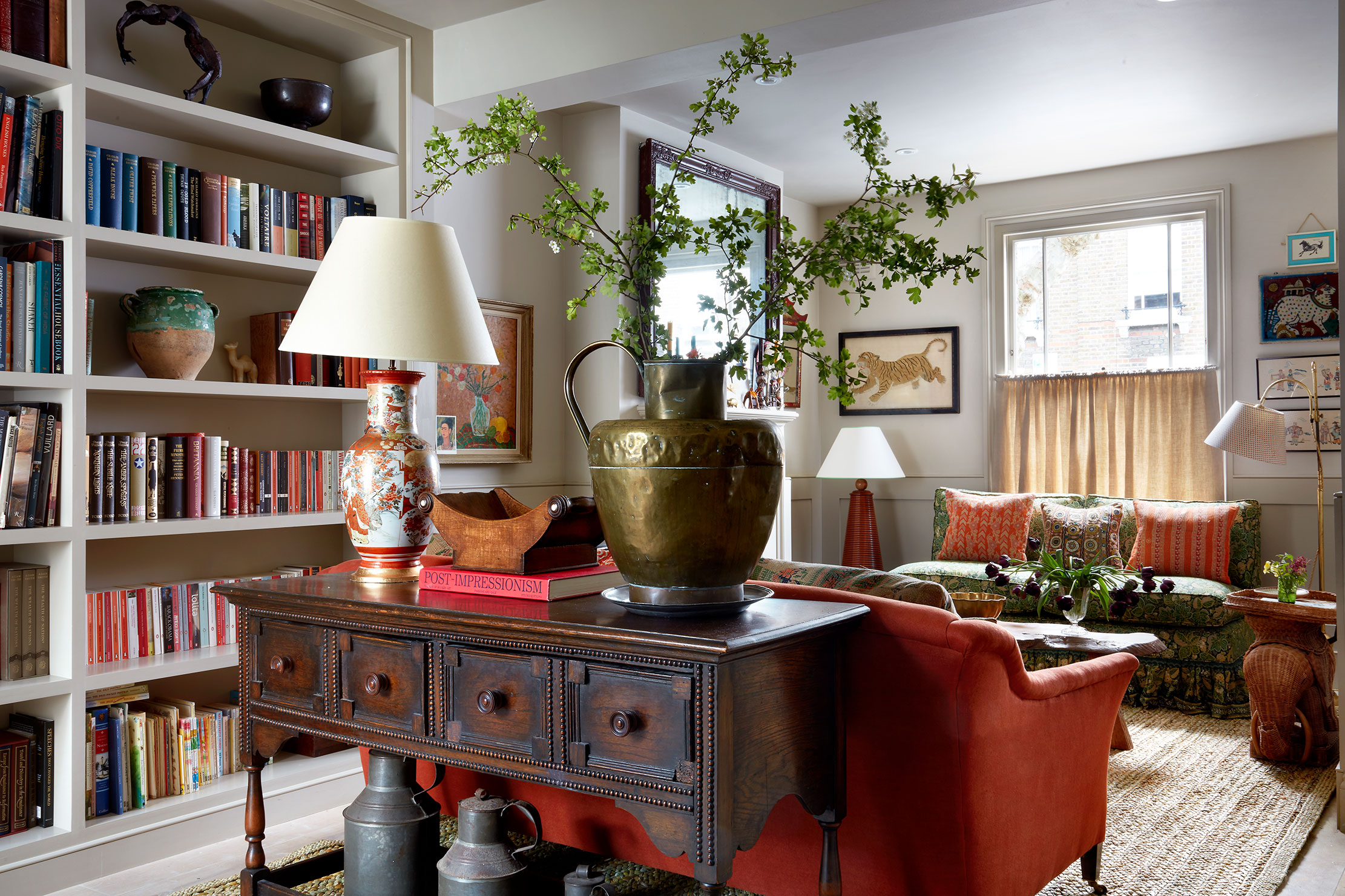 Injecting colour, pattern and character into a once-plain sitting room
Injecting colour, pattern and character into a once-plain sitting roomBooks, art and textiles transformed a once-characterless space into a warm, inviting sitting room.
By Arabella Youens
-
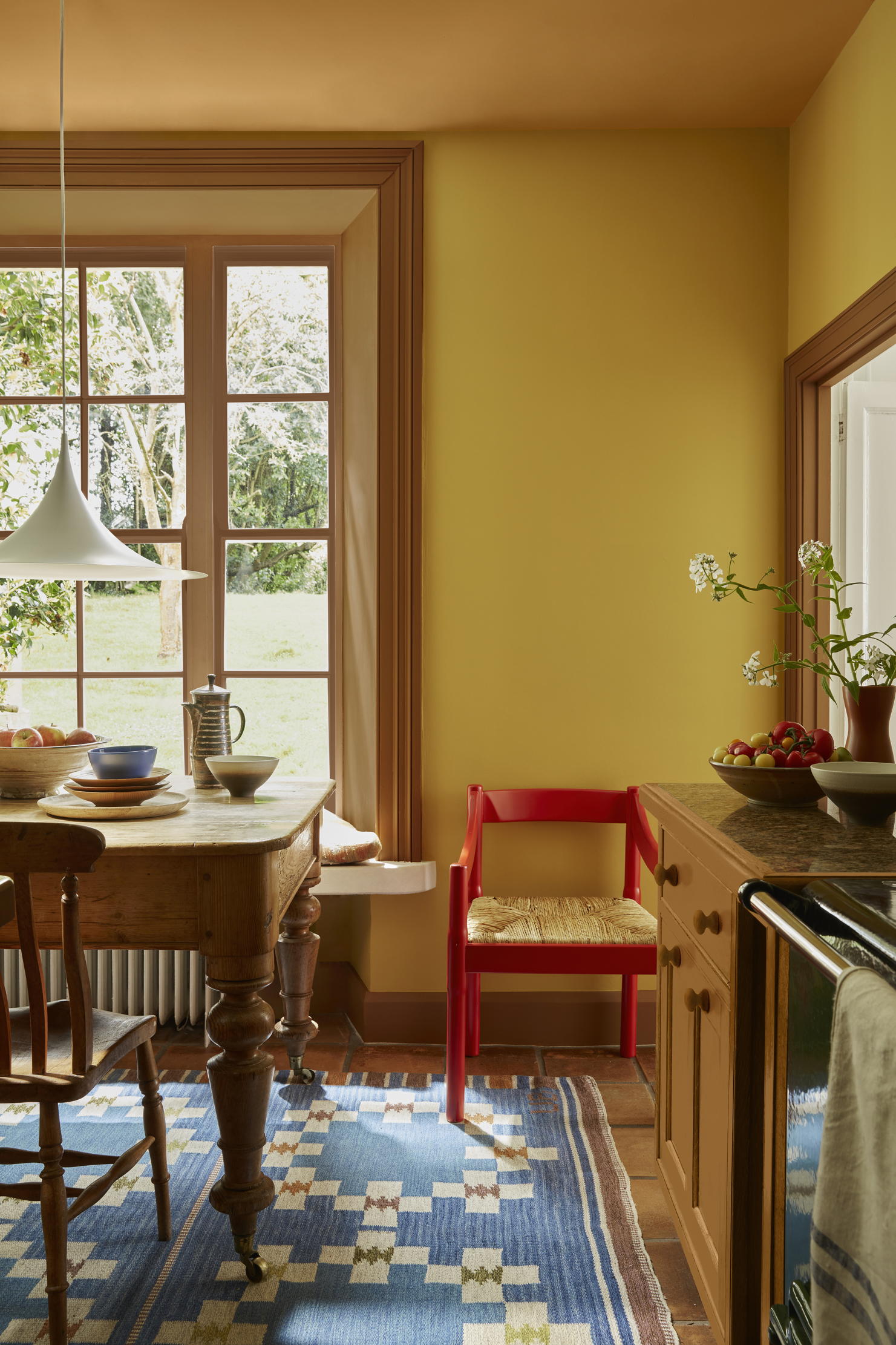 Say no to boring walls: Six choices of paint and paper which will get people talking
Say no to boring walls: Six choices of paint and paper which will get people talkingAmelia Thorpe picks out some glorious alternatives to just painting everything white.
By Amelia Thorpe
-
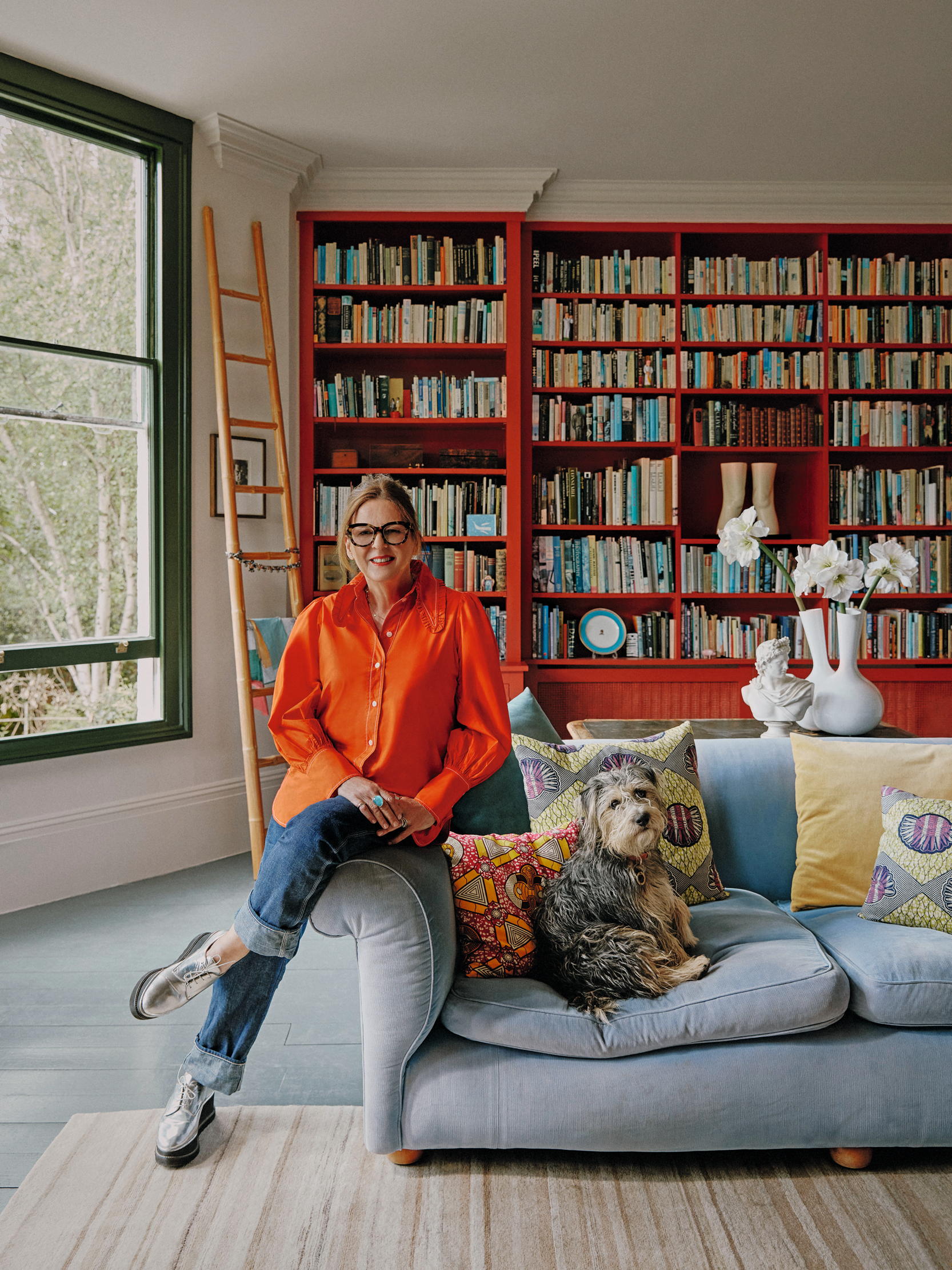 'Not cheap... but cheaper than a divorce lawyer': Why it pays to hire a consultant to choose the perfect paint colour
'Not cheap... but cheaper than a divorce lawyer': Why it pays to hire a consultant to choose the perfect paint colourDriven to distraction by paint charts? A colour consultant could be the answer for anyone befuddled by choosing the right hue, says Giles Kime.
By Giles Kime
-
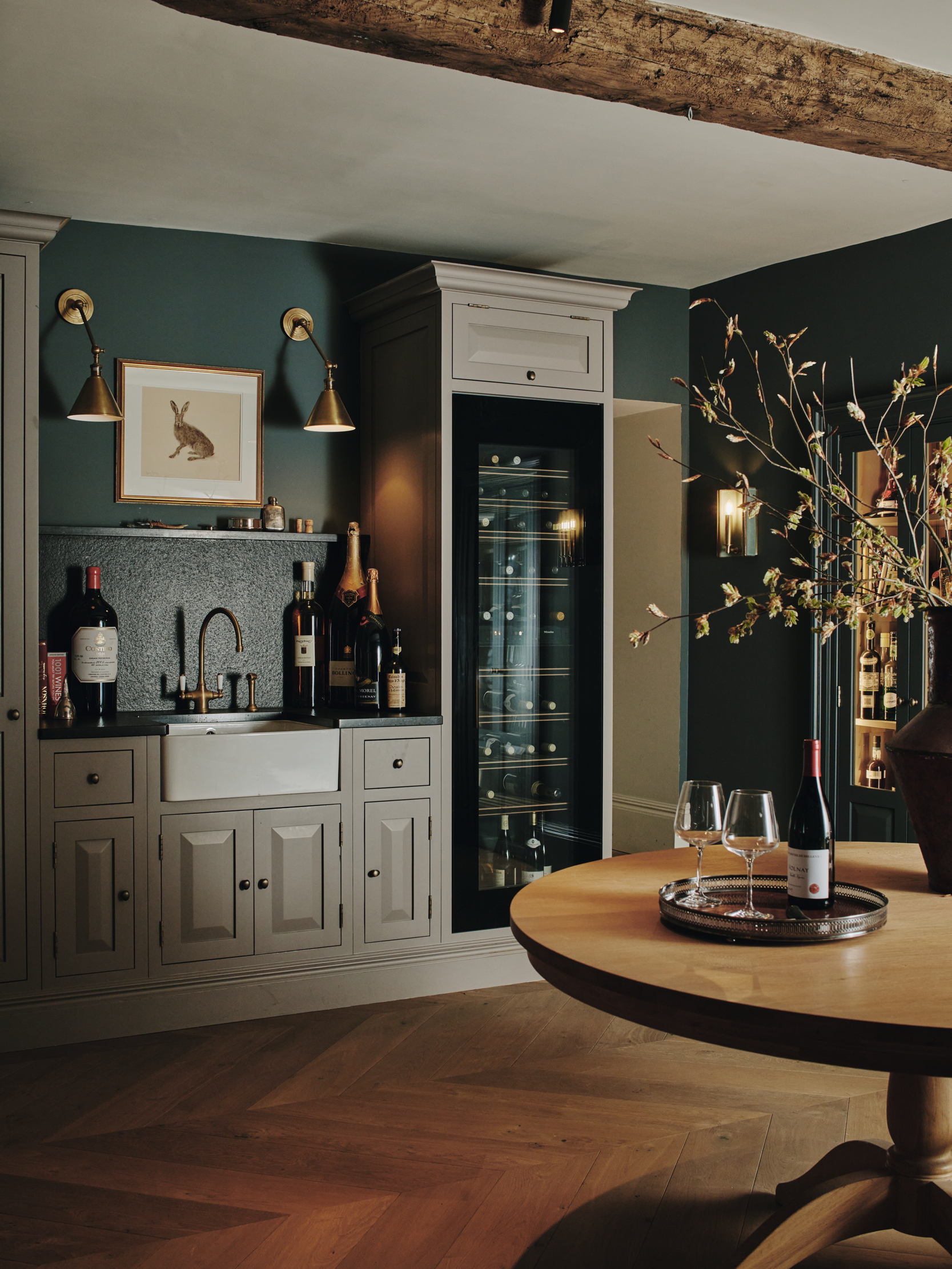 Room with a cru — how an 'enduring legacy of lockdown' is the latest must have in interior design
Room with a cru — how an 'enduring legacy of lockdown' is the latest must have in interior designLong gone are the dusty cellars of the past. Now is the time to make the place you store your wine as pleasurable as drinking it.
By Amelia Thorpe
-
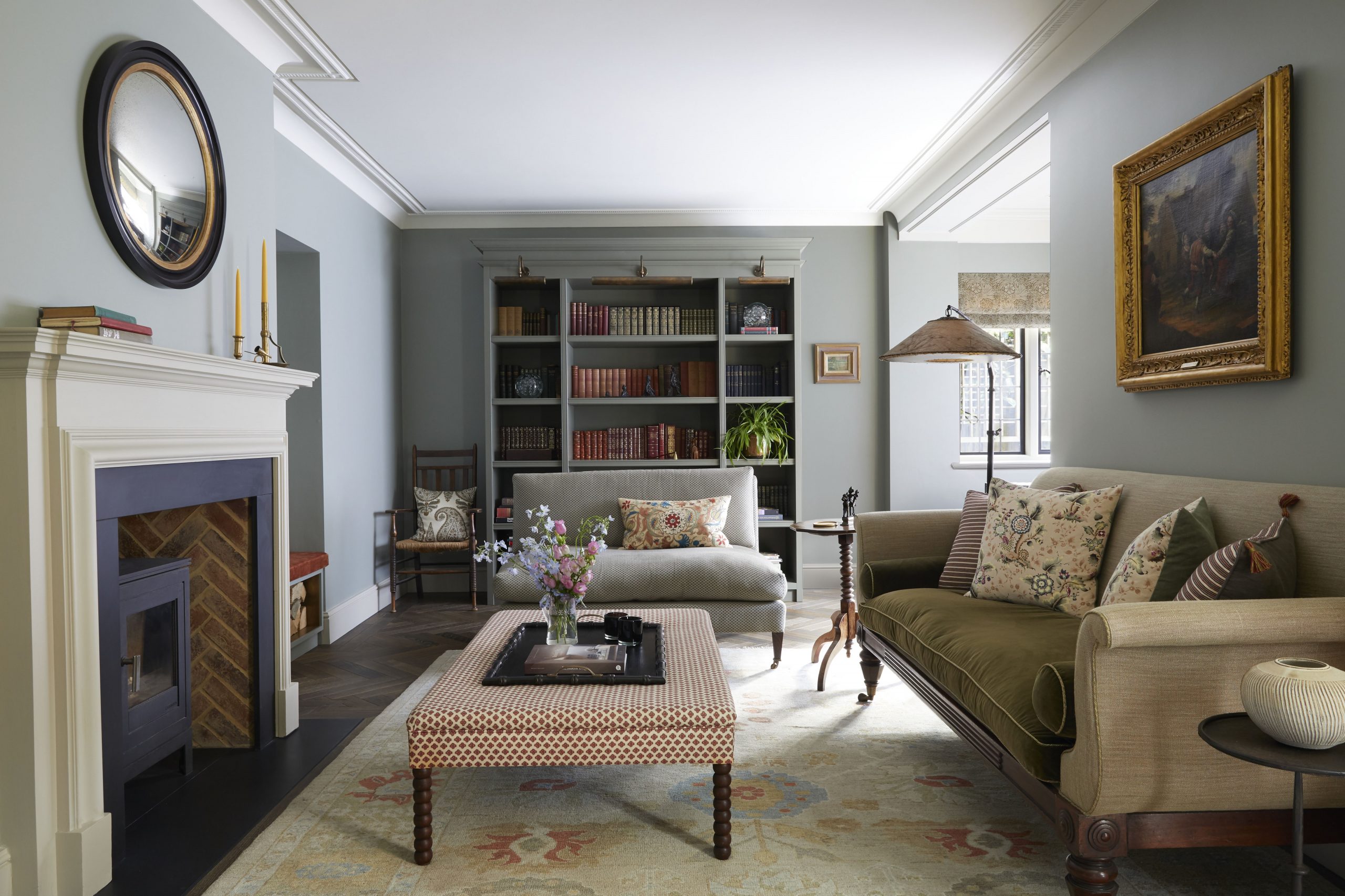 The secret to transforming an awkwardly shaped room
The secret to transforming an awkwardly shaped roomCave Interiors turned the awkwardly shaped sitting room of an Edwardian house into a warm and welcoming space.
By Arabella Youens
-
 A gloomy kitchen entirely re-created as a cosy living space
A gloomy kitchen entirely re-created as a cosy living spaceWhen Nicole Salvesen and Mary Graham were asked to redecorate a country house in Berkshire, the first task was to turn a dark space into a colourful sitting room.
By Arabella Youens
-
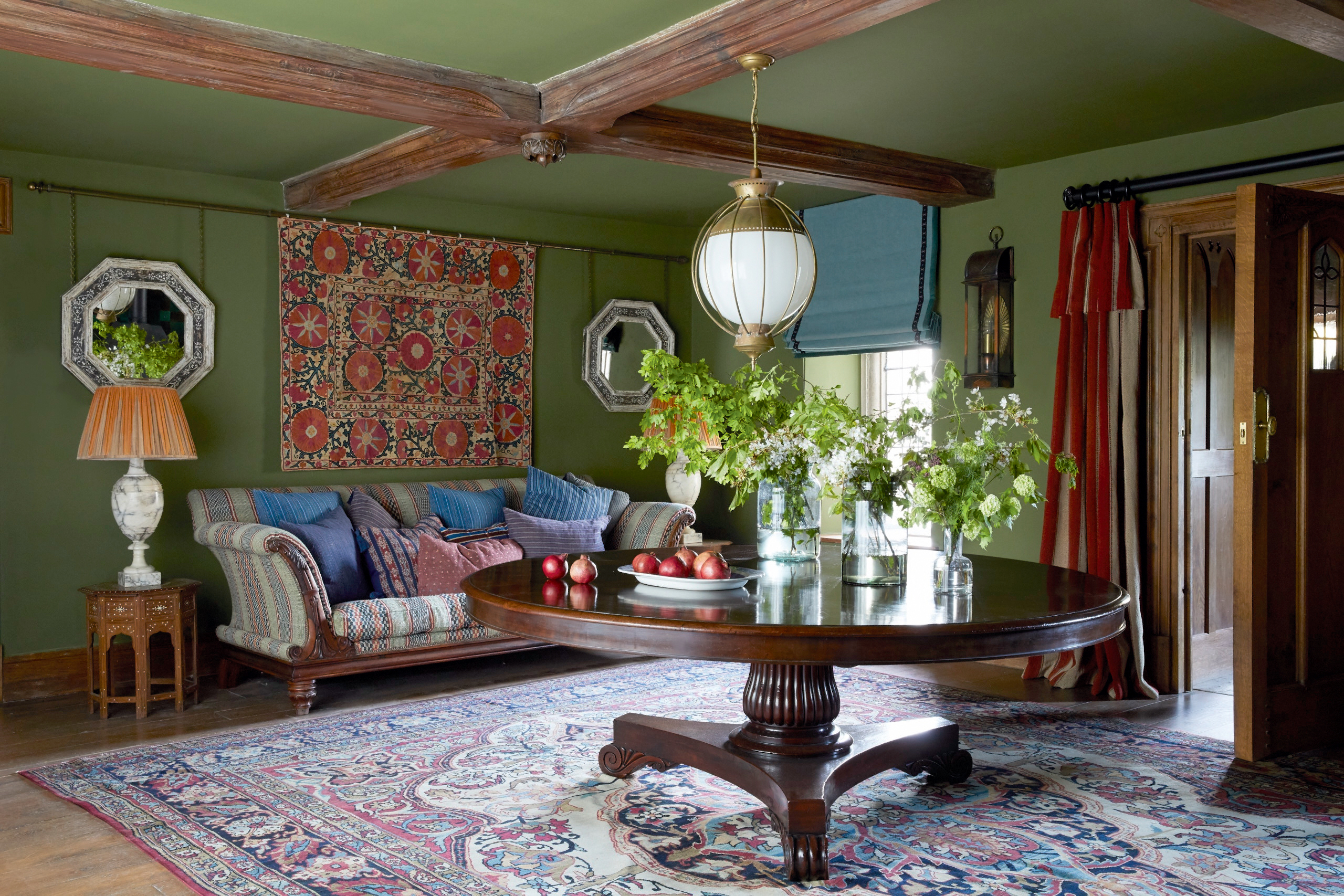 A living room that's a lesson in how to restore lost character in a historic space
A living room that's a lesson in how to restore lost character in a historic spaceNicola Harding used rich colours and textures to enhance the historic character of a Jacobean house in Berkshire.
By Arabella Youens
-
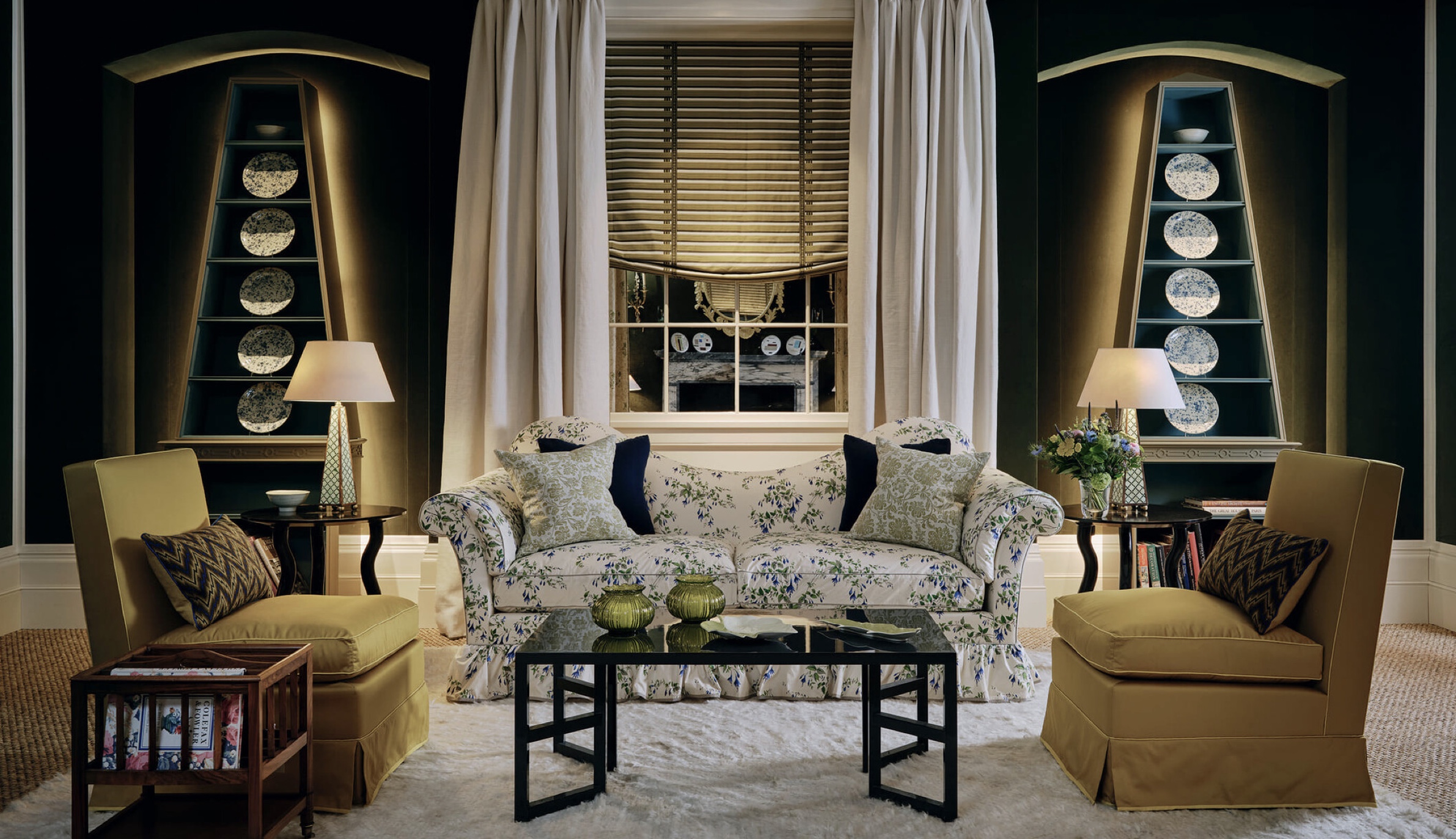 The slipper chair: How one of America's great designers produced a classic of armless fun
The slipper chair: How one of America's great designers produced a classic of armless funThe slipper chair might have its roots in the 18th century, but it owes its compact, convivial appeal to Billy Baldwin, a giant of 20th-century American interior design.
By Giles Kime